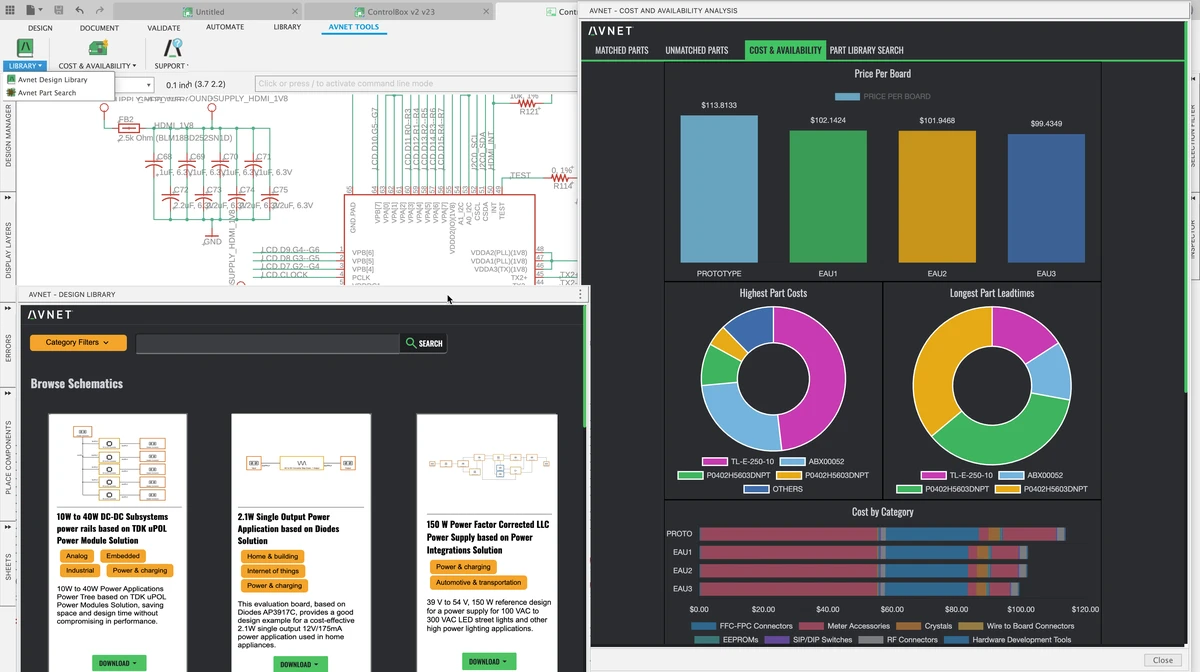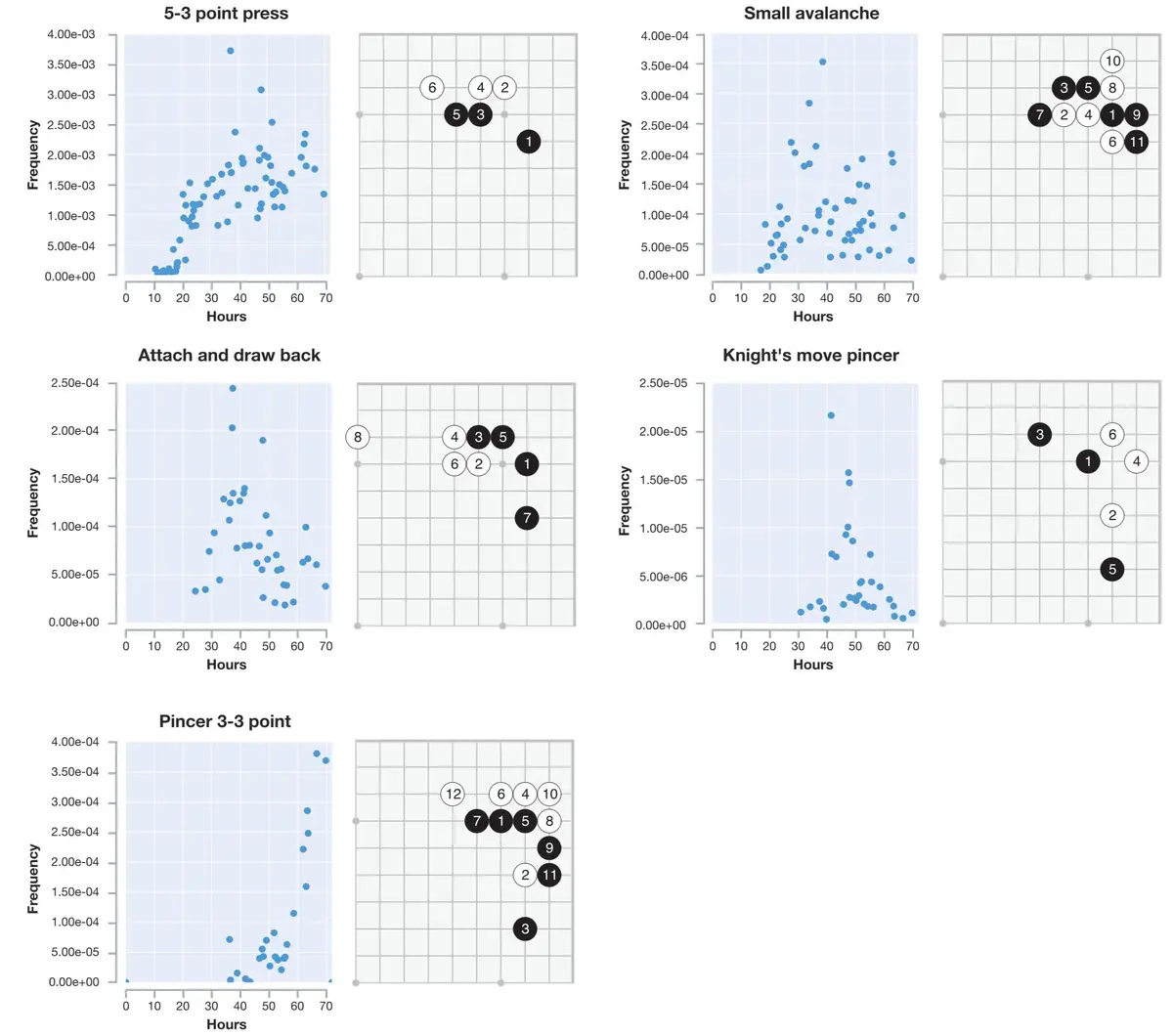

As the landscape of finance continues to evolve, portfolio managers are constantly looking for ways to generate superior returns while managing risk effectively. One of the most sought-after concepts in portfolio management is alpha—the excess return of an investment relative to a benchmark index. Understanding and leveraging alpha is a key differentiator for portfolio managers who want to achieve superior performance.
In this article, we will delve into the tools for generating alpha in portfolio management, compare different approaches, and explore how these strategies can be implemented in practice to enhance portfolio performance.
What is Alpha?
Before diving into the tools and strategies, it’s important to define what alpha means in the context of portfolio management. Alpha represents the excess return an investor earns above the market return, after adjusting for the risk taken. It is the measure of a portfolio manager’s skill in making investment decisions that generate value beyond what can be explained by market movements.
In essence, alpha is a signal of outperformance relative to a benchmark index or an investment’s expected return, considering its risk profile.
Why is Alpha Important?
Alpha is crucial for several reasons:
Outperformance: It serves as a benchmark for evaluating the success of investment strategies. A positive alpha indicates outperformance, while a negative alpha signals underperformance.
Risk-adjusted Returns: By incorporating alpha into their models, portfolio managers can make better decisions regarding risk exposure and return expectations.
Client Trust and Confidence: In competitive financial markets, generating alpha demonstrates a portfolio manager’s expertise and ability to deliver superior returns, thereby attracting more clients and capital.
Alpha Generation Tools for Portfolio Managers
There are various alpha tools that portfolio managers use to generate excess returns. These tools fall into two primary categories: quantitative techniques and fundamental strategies.
- Quantitative Alpha Tools
Quantitative strategies involve data-driven models and statistical techniques to identify and exploit market inefficiencies. Some of the most popular quantitative tools for alpha generation include:
a. Factor Models
Factor models are commonly used in the quant world to isolate systematic risks and uncover alpha-generating opportunities. These models use factors such as value, momentum, size, volatility, and growth to predict returns. Some well-known models include:
Fama-French Three-Factor Model
Carhart Four-Factor Model
These models aim to explain asset returns based on common risk factors, helping managers identify excess returns that cannot be attributed to exposure to the market or common factors.
b. Machine Learning Algorithms
Machine learning (ML) has become an integral part of alpha generation for many portfolio managers. By training algorithms on historical data, portfolio managers can uncover patterns in market behavior that traditional models might overlook. Common ML methods include:
Decision Trees
Random Forests
Neural Networks
Reinforcement Learning
These methods allow portfolio managers to make real-time decisions based on a dynamic, ever-changing market.
c. Algorithmic Trading
Algorithmic trading leverages advanced mathematical models to execute trades based on a set of pre-defined rules. These models aim to capture short-term alpha by exploiting price discrepancies or market inefficiencies before they are arbitraged away. High-frequency trading (HFT) and statistical arbitrage are common strategies under this umbrella.
d. Backtesting and Simulation Tools
Backtesting is a critical tool for evaluating the effectiveness of alpha-generation strategies. Portfolio managers can use platforms like QuantConnect or Backtrader to simulate different strategies using historical market data to predict how they would perform in live trading conditions.
- Fundamental Alpha Tools
While quantitative models focus on data and numbers, fundamental analysis emphasizes the evaluation of a company’s financial health, its management, and broader market conditions. Below are key fundamental tools for generating alpha:
a. Value Investing
Value investing involves identifying undervalued stocks or assets that are trading for less than their intrinsic value. Portfolio managers use ratios like the price-to-earnings (P/E), price-to-book (P/B), and free cash flow to evaluate the long-term potential of a stock.
b. Growth Investing
Growth investors focus on companies with high potential for growth, typically in fast-developing sectors like technology or biotechnology. The idea is to invest in companies whose future earnings growth is expected to significantly outpace the market.
c. Quantitative-Fundamental Hybrid Models
Some portfolio managers combine both approaches—quantitative models and fundamental analysis—to identify investment opportunities. These hybrid models aim to capture both market inefficiencies (via data-driven models) and underappreciated long-term growth potential (via fundamental analysis).
Comparison of Different Approaches to Alpha Generation
Strategy Advantages Disadvantages
Quantitative Tools - Data-driven approach
- Can process vast amounts of data
- Identifies market inefficiencies - Complex models
- Overfitting risks
- Requires constant model tuning
Fundamental Analysis - Long-term focus
- Provides a deep understanding of companies
- Can capture intrinsic value - Time-consuming
- Requires significant research
- Vulnerable to market sentiment changes
Hybrid Models - Combines strengths of both approaches
- Can reduce risk of overfitting or sentiment bias - Complex to implement
- May require more resources
- Balancing both models can be difficult
Best Strategy for Generating Alpha
The best strategy for portfolio managers depends on their investment objectives, risk tolerance, and available resources. However, a combination of quantitative and fundamental approaches tends to deliver the most robust alpha generation. The hybrid model can capture both short-term market inefficiencies and long-term growth opportunities.
Personal Experience: In my own experience working with portfolio managers, I’ve observed that the most successful strategies are those that integrate both quantitative tools, like machine learning models, and fundamental research. A purely quantitative approach may lead to overfitting, while purely fundamental investing can miss short-term trading opportunities. Striking a balance between the two allows for a more dynamic and adaptable approach to generating alpha.
Frequently Asked Questions (FAQs)
- How do I calculate alpha in quantitative trading?
In quantitative trading, alpha is calculated by subtracting the expected return (based on a risk model or benchmark) from the actual return of the portfolio or asset. This can be done using CAPM (Capital Asset Pricing Model) or more advanced factor models. The formula is:
Alpha=Actual Return−(Risk-Free Rate+β×Market Return)
Alpha=Actual Return−(Risk-Free Rate+β×Market Return)
Where:
β (Beta) represents the asset’s sensitivity to market movements.
The market return is typically the return of a broad market index like the S&P 500.
- What are the best tools for tracking alpha in real-time?
Several platforms offer real-time tracking and analysis of alpha, including:
Morningstar Direct: Provides data and performance metrics for portfolio managers, including alpha tracking.
Bloomberg Terminal: Offers advanced tools for analyzing portfolio performance, including real-time alpha measurement.
FactSet: Combines market data with performance analysis tools to help portfolio managers track alpha in real time.
- How can I improve alpha in my portfolio?
Improving alpha involves a mix of strategies:
Optimizing risk exposure: Ensuring your portfolio is properly diversified and balanced with the right exposure to factors that generate excess returns.
Using advanced models: Incorporating machine learning and advanced statistical techniques to identify patterns and inefficiencies in the market.
Active management: Regularly reviewing and adjusting the portfolio based on new data, market shifts, or changing conditions.
Conclusion
Achieving alpha in portfolio management is a multifaceted challenge, but with the right tools and strategies, it’s entirely possible to generate superior returns. Quantitative tools like machine learning and factor models, combined with a solid understanding of fundamental analysis, can give portfolio managers a competitive edge.
| Category | Details |
|---|---|
| What is Alpha? | Excess return above market return, adjusting for risk. A measure of a manager’s ability to generate value beyond market movements. |
| Why is Alpha Important? | Measures outperformance, improves risk-adjusted returns, and builds client trust. |
| Quantitative Alpha Tools | Data-driven models using factors like value, momentum, and growth; machine learning; algorithmic trading; backtesting tools. |
| Factor Models | Fama-French Three-Factor and Carhart Four-Factor models identify systematic risks and excess returns. |
| Machine Learning Algorithms | Algorithms like decision trees, random forests, neural networks, and reinforcement learning to predict market behavior. |
| Algorithmic Trading | Uses pre-defined mathematical models to capture short-term alpha by exploiting market inefficiencies. |
| Backtesting & Simulation | Tools like QuantConnect and Backtrader evaluate strategies based on historical data. |
| Fundamental Alpha Tools | Focus on evaluating financial health, management, and market conditions for alpha generation. |
| Value Investing | Identifying undervalued stocks through ratios like P/E, P/B, and free cash flow. |
| Growth Investing | Investing in high-growth companies, often in sectors like technology and biotech. |
| Quantitative-Fundamental Hybrid | Combines both models to capture inefficiencies and long-term growth opportunities. |
| Quantitative Tools vs. Fundamental Analysis | Quantitative: Data-driven but complex; Fundamental: Long-term but time-consuming. |
| Hybrid Models | Combines strengths of both approaches but requires more resources and balancing. |
| Best Strategy for Alpha | A mix of quantitative and fundamental strategies for short-term and long-term gains. |
| Personal Experience | A combination of machine learning and fundamental research avoids overfitting and captures short-term opportunities. |
| Calculating Alpha | Alpha = Actual Return - (Risk-Free Rate + β × Market Return); uses CAPM or factor models. |
| Tracking Alpha in Real-Time | Platforms like Morningstar Direct, Bloomberg Terminal, and FactSet track alpha in real-time. |
| Improving Alpha | Optimize risk exposure, use advanced models, and actively manage the portfolio. |

0 Comments
Leave a Comment